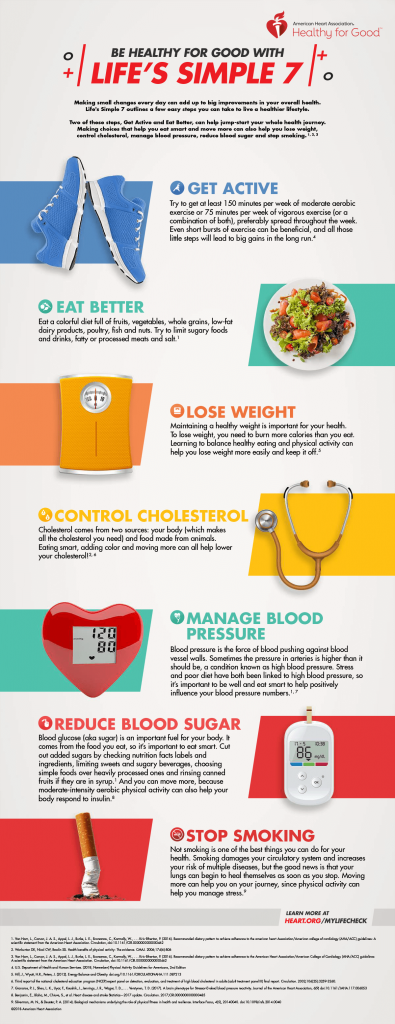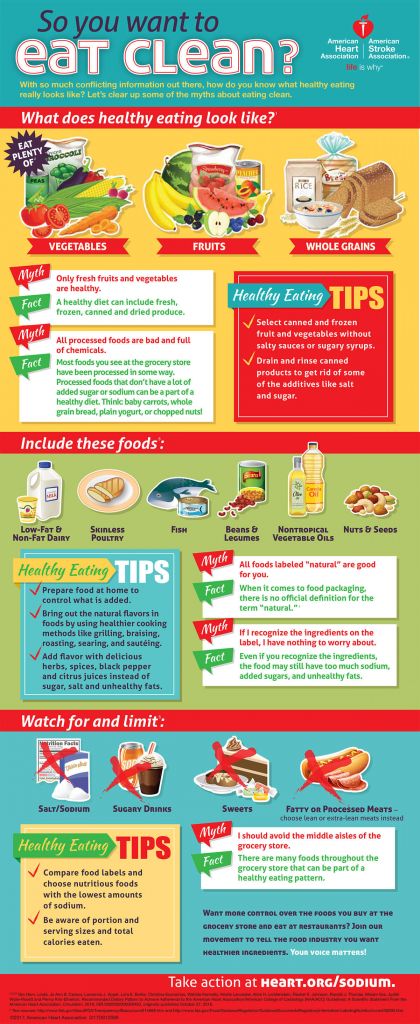Active lifestyle
Obesity is a complex, multifactorial, and largely preventable disease affecting, along with overweight, over a third of the world’s population today. If secular trends continue, by 2030 an estimated 38% of the world’s adult population will be overweight and another 20% will be obese.1
Physical activity and exercise are major contributors to a healthy lifestyle. The benefits of physical activity and exercise are numerous and include not only benefits to the physical body but also to mental health. Active people generally live longer and are at less risk for serious health problems like heart disease, type 2 diabetes, obesity, and some cancers. For people with chronic diseases, physical activity can help manage these conditions and complications. Regular exercise can prevent and reverse age-related decreases in muscle mass and strength; improve balance, flexibility and endurance; and decrease the risk of falls in the elderly. Regular, weight-bearing exercise can also prevent osteoporosis by building bone strength. Regular exercise can also decrease stress and anxiety and improve general, mental health.2,3
Eating healthier food
According to the Dietary Guidelines for Americans 2015–2020,4 a healthy eating plan includes the following:
- emphasizes fruits, vegetables, whole grains, and fat-free or low-fat milk and milk products;
- includes lean meats, poultry, fish, beans, eggs, and nuts;
- is low in saturated fats, trans fats, cholesterol, salt (sodium), and added sugars; and
- stays within your daily calorie needs.
A healthy eating plan that helps you manage your weight includes a variety of foods you may not have considered. If “healthy eating” makes you think about the foods you cannot have, try refocusing on all the new foods you can eat.
The key to achieving and maintaining a healthy weight isn’t about short-term dietary changes. It is about a lifestyle that includes healthy eating, regular physical activity, and balancing the number of calories you consume with the number of calories your body uses.2
Understanding the F.I.T.T. principle helps you create a workout plan that will be more effective in reaching your fitness goals. F.I.T.T. stands for frequency, intensity, time, and type of exercise. These are the four elements you need to think about to create workouts that fit your goals and fitness level. Learn more
Eating healthy can be easy, affordable and delicious. It’s all about making smart choices to build an overall healthy dietary pattern. Learn more
Physical Activity Guidelines: Introduction
References
1 Hruby, Adela and Frank Hu. 2015. The Epidemiology of Obesity: A Big Picture. Pharmacoeconomics. 2015 Jul; 33(7): 673–689.doi: 10.1007/s40273-014-0243-x
2 Centers for Disease Control and Prevention [Internet]. Healthy Weight. Retrieved on 9/10/19 from: https://www.cdc.gov/healthyweight/index.html
3 MedicineNet [Internet]. Health Tips for Healthy Living. Retrieved on 9/10/19 from: https://www.medicinenet.com/healthy_living/article.htm#healthy_living_facts
4 Office of Disease Prevention and Health Promotion [Internet]. 2015-2020 Dietary Guidelines for Americans. Retrieved on 9/9/19 from: https://health.gov/dietaryguidelines/2015/



